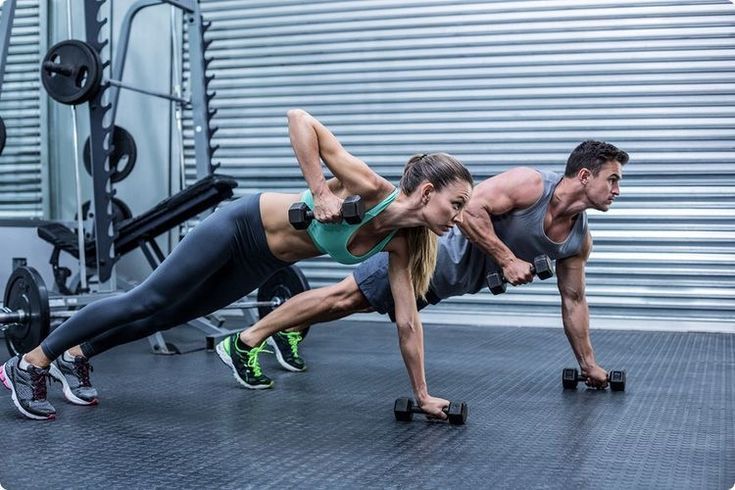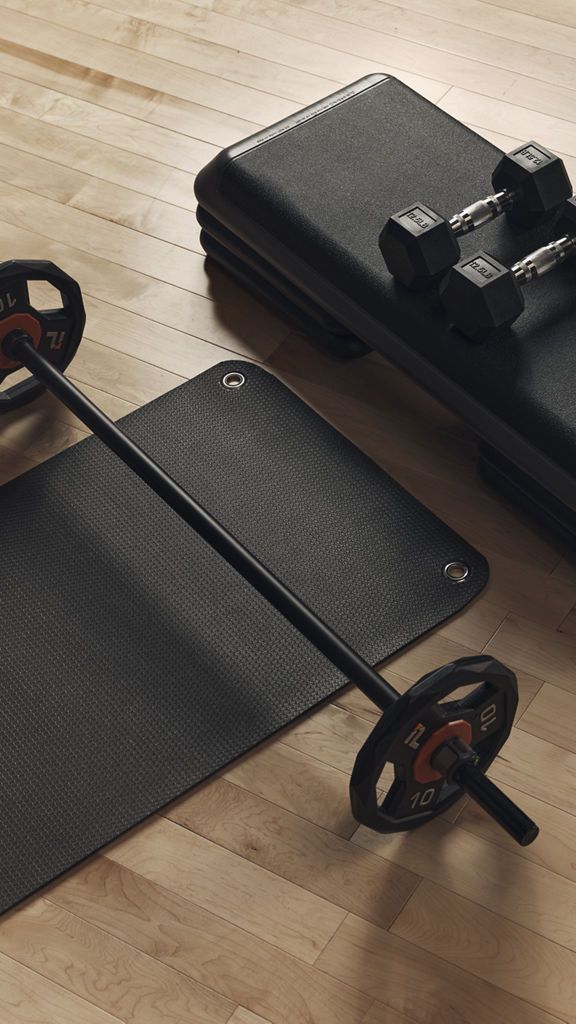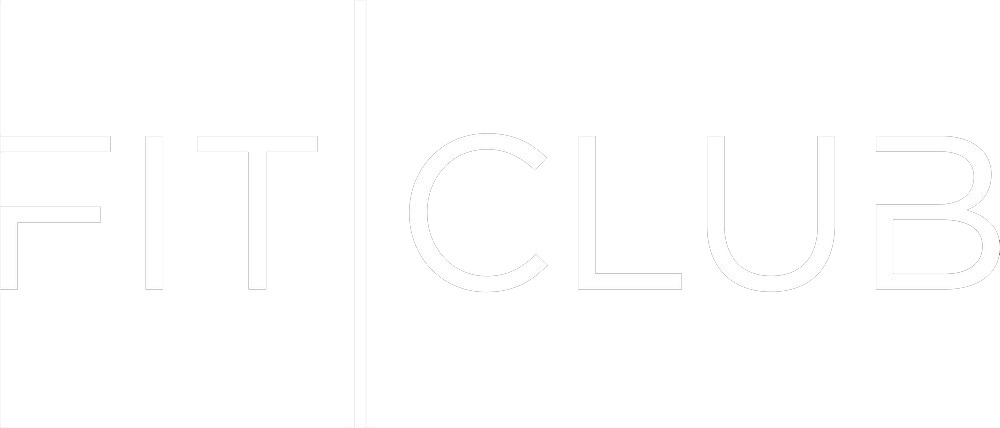5 Stretching Routines to Prevent Injury Before Heavy Lifts
Getting ready for heavy squats, pulls, or presses is more than loading plates. Your warm-up should raise body temperature, move joints through range, and prime the exact positions you’ll use under the bar. Local clinics in Utah emphasize the importance of warming up and incorporating movement-based stretches to reduce injury risk and enhance readiness. The University of Utah Health notes that a good warm-up is more important than holding prolonged static stretches before training, and recommends dynamic stretching to prepare your body. The
University of Utah Healthcare, along with Intermountain Health, also highlights simple steps such as warming up and stretching to lower the risk.

5 Quick Routines for Lifters at FitClub
List of Services
-
Routine 1: Full-body dynamic primer for squat day in PaysonList Item 1
Start with two minutes of easy cardio, such as brisk walking or cycling, to raise your body temperature. Then flow through three rounds of movement. First, tall marches that drive the knee up while keeping balance. Next, perform deep bodyweight squats that focus on hip depth and ankle mobility.
Finish with walking lunges that reach the arms overhead. This sequence opens hips, ankles, and the thoracic spine without making your legs feel heavy. It prepares you for goblet warm-up sets, then barbell squats.
-
Routine 2: Hinge and hamstring flow for deadlifts in Elk RidgeList Item 2
Begin with hip airplanes at the wall to activate your glutes and teach your pelvis to stay level—transition from toe-touch to overhead reach movements that lengthen the posterior chain while keeping the movement active.
Add kettlebell hip hinges with a light bell to pattern your starting position. Finish with two sets of explosive but controlled hip bridges. You’ll feel the hamstrings wake up while the lumbar spine stays neutral.
This routine is short, preserves power, and seamlessly transitions into your deadlift ramp-up sets. Dynamic work, such as this, suits heavy lifting better than long, static stretches before pulling.
-
Routine 3: Shoulder and upper-back sequence before bench in Woodland HillsList Item 3
Start with a light band and set your shoulder blades with band pull-aparts in three directions.
Add scap push-ups that glide the shoulder blades without bending the elbows. Mix in arm circles at different angles and a slow floor snow-angel to open the chest.
Finish with a few light, empty-bar bench reps, focusing on the bar path. The University of Utah Health explains that moving stretches can increase range and body awareness without dulling power, which is ideal before bench presses.
-
Routine 4: Overhead day reset for Payson and Spanish Fork pressersList Item 4
Overhead work needs mobile lats, a stable midline, and free scapulae. Start with half-kneeling windmills holding a light weight.
Follow with tall-kneeling overhead stick reaches that encourage the ribs to come down and the arms to be by the ears. Add controlled lateral flexion to free the obliques. Finish with a light push-press dip and drive to groove timing.
A short, dynamic warm-up like this helps you reach full shoulder flexion without compromising trunk stability. Intermountain Health’s guidance supports the idea that preparing the tissues with movement and gradual loading reduces injury risk as intensity rises.
-
Routine 5: Quick mobility circuit for lifters who train late at the 24-hour gym
If you’re coming in after work or late at night, keep it simple. Do two minutes of light cardio, then cycle through ankle rocks at the rack, thoracic rotations on all fours, and hip flexor active stretches with a glute squeeze. Finish with two sets of movement-specific warm-up: goblet squats for squat day, kettlebell RDLs for hinge day, or push-ups for press day.
This circuit is ideal for a 24-hour facility like FitClub, which offers round-the-clock access in Salem.
How much stretching is enough before you lift
Keep each movement to 8 to 12 controlled reps or about 20 to 30 seconds, and repeat the mini circuit two or three times. If you feel sharp pain, stop and adjust the range. Longer static holds are best after lifting or on separate mobility sessions when the muscle is already warm.
Local resources and why they matter
Tapping local expertise keeps your training grounded in what works here in Utah. Intermountain Health’s sports and exercise medicine teams focus on prevention and performance for active individuals throughout the state.
Intermountain Healthcare and the
University of Utah Health remind lifters to prioritize a quality warm-up and dynamic mobility. And if you are new to fitness or just getting active around town,
Payson City Recreation offers community programs that encourage regular movement.
Where FitClub fits into your plan
You get 24/7 access in Salem, plus coaching options when you want help fine-tuning your technique. The location page lists the address on UT-198 along with hours and contact details.
FitClub Memberships include full access to weightlifting and cardio, as well as a quarterly InBody 570 body composition scan. If you prefer guided sessions, consider exploring personal training in Salem to create customized warm-ups that align with your goals and fitness history.
Frequently Asked Questions
Should I do static stretching before heavy lifts?
Keep static holds short before lifting. Use dynamic movements to raise temperature and move through range. Save longer static stretches for after your session or on rest days.
How long should my warm-up take before doing squats or deadlifts?
About 6 to 10 minutes, plus a few ramp-up sets with the bar. You should feel warm, your joints should move freely, and your first working set should feel stable.
What if something hurts during my warm-up?
Stop the drill, shorten the range, and try a different movement. If sharp pain persists, skip the maximum attempt and consult a qualified medical professional.
Creating a Complete Fitness Plan in Payson
Combining strength and cardio doesn't require long hours at the gym—it just takes a thoughtful approach and a supportive environment. By integrating both forms of exercise into your routine, you’ll not only see physical changes, but also enjoy improved mental clarity, better sleep, and more energy throughout the day.
For residents of Payson, Salem, and other Utah County communities, FitClub offers everything you need under one roof. Whether you're aiming to build muscle, lose weight, or improve your heart health, we’re here to help you take the next step.
Explore our full range of programs on the FitClub services page, or book a personal training consultation to receive expert guidance tailored to your goals.



